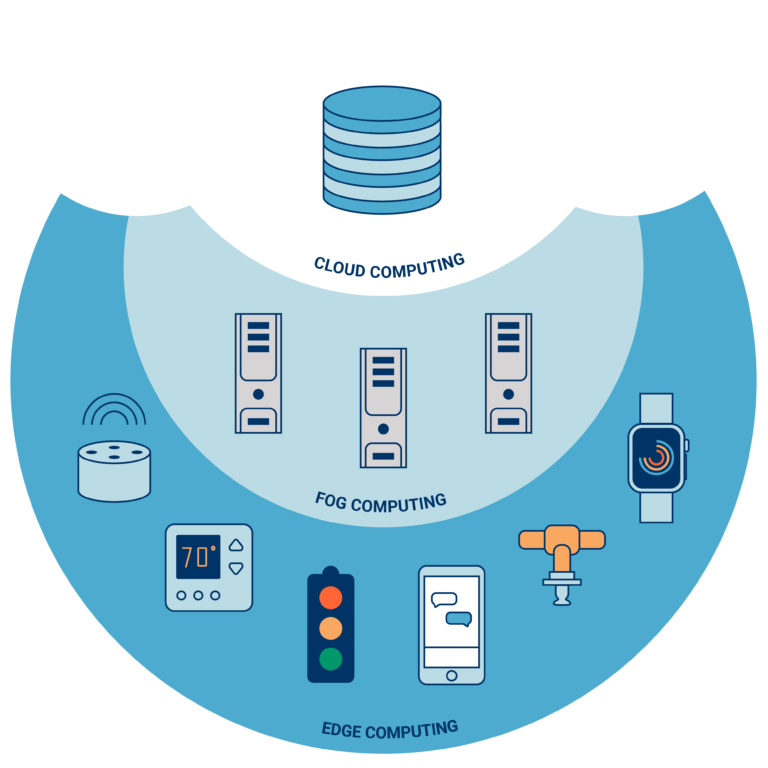Edge computing is a distributed computing framework that brings applications closer to data sources like IoT devices or local edge servers. It focuses on bringing solutions for faster, cheaper, and more reliable data processing.

Introduction to Edge Computing
The primary purpose of the introduction of edge computing is to minimize the delay between a user’s action and a web application’s response to that action, which we also term ‘latency’. Edge Computing reduces the total round-trip time for a data packet to travel which in turn delivers stronger benefits to businesses like faster insights, improved response times, and better bandwidth availability.
Another reason why edge computing is making its case is because of the rise in the usage of IoT devices and the arrival of the much-anticipated 5G network. This makes placing compute and analytics close to where the data is created a huge risk. Thus, giving rise to the practice of processing data near the edge of the network rather than a centralized data-processing warehouse.
How does Edge Computing work?
Edge computing works in coordination with the Internet of Things (IoT) that includes internet-enabled, or “smart” devices. It allows these devices to send data to a physically close processing center, rather than a more distant cloud location. This is how it decreases the amount of data, and the distance it has to travel. Thus, allowing data processing to accelerate and resulting in more efficient device operations, without latency.
Why does Edge Computing matter?
In a future with a comparatively heavy data network and billions of devices connected to the internet, faster and more reliable data processing will become all the more crucial. And although cloud computing has proven cost-effective and flexible so far, edge computing will gradually take over because the networking bandwidth will have more strain.
Not many people know that the edge computing infrastructure market is projected to be worth $700B by 2028. There’s also no doubt about this, given the broad range of applications of edge computing, from helping autonomous vehicles speed up reaction times to protecting sensitive health data. Some popular examples of edge computing include motors, pumps, generators, or other sensors that have successfully reduced the need to transfer data back and forth between the cloud.
Advantages of Edge Computing
Talking about edge computing, here are the most obvious benefits of it:
• Real-time or faster data processing & analysis: Lower latency saves a majority of the lag time by processing data closer to its source.
• Lower cost: Expenses for all enterprises will reduce as data management solutions for local devices is less in comparison to cloud & data center networks.
• Lower network traffic: Network bandwidth has become limited in many ways, leading to overwhelming the cloud and thus leading to a greater bottleneck of data.
For more updates and insights about the future of the cloud, stay tuned with us on Facebook, Twitter, and LinkedIn.